Creating a Pollinator Paradise: Gardening for Bees in New Mexico
- Pru

- Jul 16, 2024
- 2 min read

Hello fellow garden enthusiasts!
If you're looking to create a beautiful, buzzing haven for pollinators, you're in the right place! Here in New Mexico, we have the perfect climate to grow a variety of hardy, drought-tolerant plants that our native bees, butterflies, and other pollinators absolutely love.
Why Plant a Pollinator Garden?
Pollinator gardens provide essential food and habitat for bees, butterflies, and other beneficial insects. These gardens help support the health of our ecosystems, boost crop yields, and bring vibrant life to our yards. Plus, watching pollinators at work is one of the simple joys of gardening.
Choosing the Right Plants
When selecting plants for your pollinator garden, it's important to choose varieties that thrive in New Mexico's unique climate. Here are some top picks that are both hardy and drought-tolerant:
Perennials
1. Purple Coneflower (Echinacea purpurea): These vibrant flowers are a favorite among bees and butterflies. They thrive in full sun and are incredibly drought-tolerant once established.
2. Black-eyed Susan (Rudbeckia hirta): With their bright yellow petals, these flowers attract a variety of pollinators. They are easy to grow and resilient in hot, dry conditions.
3. Russian Sage (Perovskia atriplicifolia): Known for its silvery foliage and blue flowers, Russian Sage is a magnet for bees and can handle the driest of summers.
4. Desert Marigold (Baileya multiradiata): These cheerful yellow blooms are perfect for hot, dry areas and are beloved by many pollinators.
Annuals
1. California Poppy (Eschscholzia californica): These bright orange flowers are not only beautiful but also very hardy, making them perfect for attracting pollinators to your garden.
2. Zinnias (Zinnia spp.): Available in a rainbow of colors, zinnias are easy to grow from seed and attract bees, butterflies, and even hummingbirds.
Herbs
1. Lavender (Lavandula spp.): This fragrant herb is loved by bees and can withstand dry conditions. Plus, it's a wonderful addition to any garden for its soothing scent and beautiful purple flowers.
2. Rosemary (Rosmarinus officinalis): Another aromatic herb that attracts bees, rosemary is both drought-tolerant and a useful culinary plant.
3. Oregano (Origanum vulgare): Often used in cooking, oregano also produces small flowers that are a hit with bees and butterflies.
Tips for a Thriving Pollinator Garden
Water Wisely: Even drought-tolerant plants need water to get established. Water deeply but infrequently to encourage deep root growth.
Provide Shelter: Incorporate a variety of plants that bloom at different times to provide continuous food sources. Adding native grasses and shrubs can offer shelter and nesting sites for pollinators.
Avoid Pesticides: Pesticides can be harmful to pollinators. Opt for organic gardening methods and introduce beneficial insects to keep pests in check.
Plant in Clusters: Grouping the same type of plants together can make it easier for pollinators to find and feed on them.
Creating a garden that supports pollinators is not only beneficial for the environment but also incredibly rewarding. Watching bees, butterflies, and hummingbirds flit from flower to flower brings a sense of joy and tranquility to any gardener.
Happy gardening, and may your garden always be buzzing with life!
Here are some scenes from my pollinators' garden:



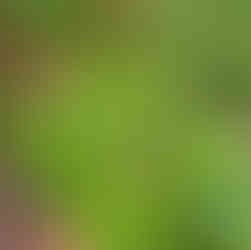






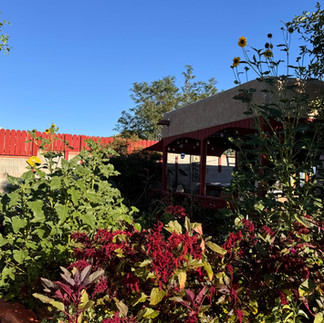
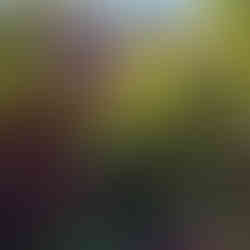






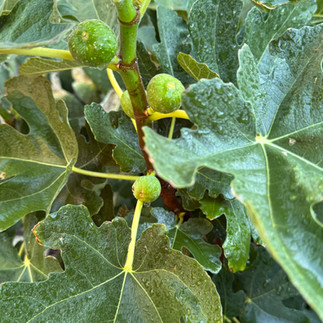

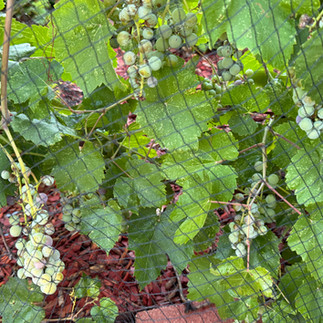








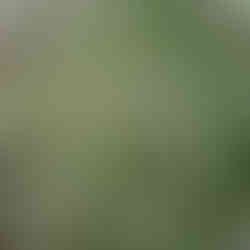


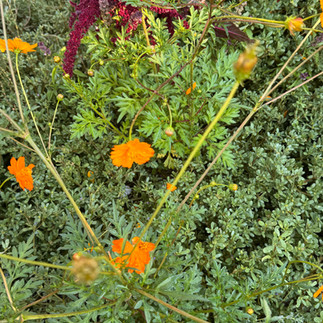

























Comments